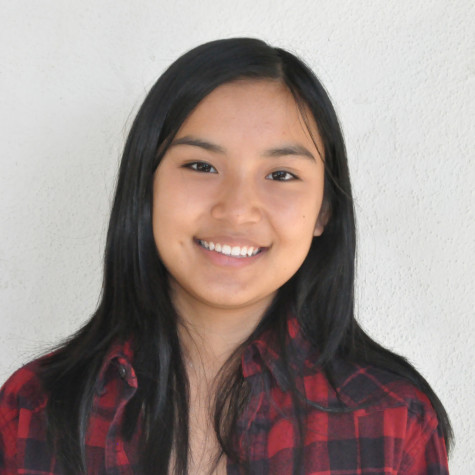New Tech Promotes Paperless Learning
December 3, 2015
Lisa Herzig’s AP U.S. History class and Rene Gillibert’s AP Bio class are following a “Bring Your Own Device” program this year after several classrooms experimented with the “one-on-one” iPad program last year.
Herzig said she had asked for devices for her AP students, and Principal John Walker helped coordinate the program.
According to Herzig, the BYOD program was an opportunity for her to conserve. “I really wanted to go paperless,” she said, “because there’s so much material that you guys [APUSH students] are reading that it just felt wasteful to keep printing, especially since I change things up every year. I was constantly printing more and more stuff.”
According to Herzig, new resources made the switch especially convenient. “We have a new textbook with new technological resources, so it was really kind of an opportunity to check some of that out and play with that a little more carefully.”
Herzig said that so far, student response to the program has been positive overall. Last year’s participants in the one-on-one iPad program, in which students were each assigned an iPad for class use, did not respond as positively. According to Herzig, she and English teacher Anne Hebert started the initial one-on-one program. Science teacher Jay Chugh and math teacher Bill Doherty also participated.
“Last year was not as positive,” she said. “This year, I did interview the AP students and got some great feedback, which, as a member of the technology committee, I brought back to that group.” She said that “overwhelmingly it [the response] was positive.”
Junior APUSH student Zoe Portnoff is a proponent of the BYOD program. “I really like the Bring Your Own Device program because it’s environmentally friendly. Having a paper free classroom is very beneficial and also much more organized. Its much harder to lose your assignments, and for some people typing can be faster, too,” she said.
Junior Michael DaRodda, who participates in the program for both APUSH and AP Bio, said, “overall I think it’s a good thing. I think it makes it more effective just to have everything in one place, whereas with paper everything is sort of scattered around.”
Though the program has, for the most part, been a success, Herzig does concede that there are drawbacks to the program. One of the issues, she said, is deciding which activities should be done and which are unnecessary. Preparedness is also an issue. “I think that the challenge is we’re not all there yet, so a lot of students don’t have their device with them or charged,” she said.
Portnoff and DaRodda each have their own dislikes about the program as well. “I tend to prefer paper books and highlighting things. And it’s scientifically proven that its easier to remember things if you write them down rather than typing,” said Portnoff.
For DaRodda, the drawbacks are the extra amount of physical effort and the technical inconveniences. “I do find it burdensome to have to carry around a computer with me everywhere and I have to bring it home and plug it in every night, or else I’m basically unable to do my work for the next day.”
Still, the BYOD program has been successful amongst students. “Overall its a more efficient system and it is the future, because paperless classrooms are cool!” Portnoff said.
“I feel like student attitude is a big part of it,” said Herzig. “I think what [the feedback] I got from my students was the need to remain flexible: not being committed to one particular Mac or PC, not forcing students to do everything technologically to give them that option for paper when necessary, and to address any concerns that they have. That’s probably been the best feedback I got.”
